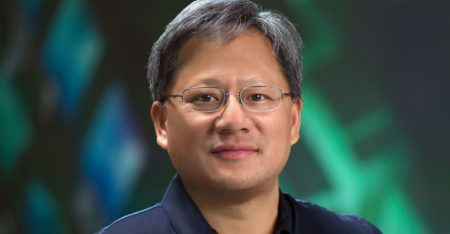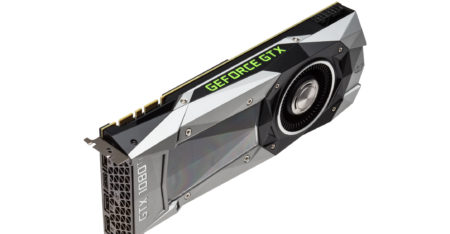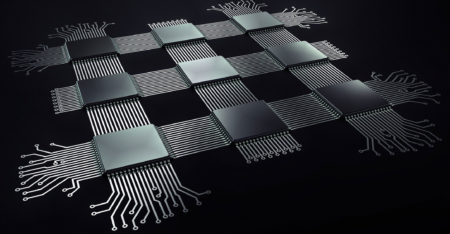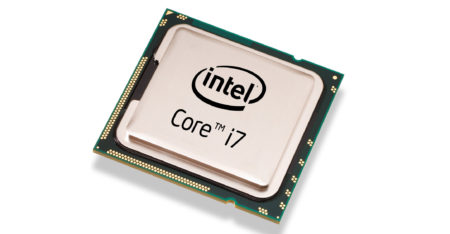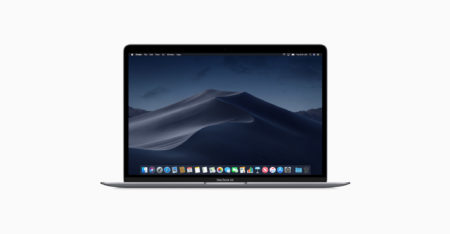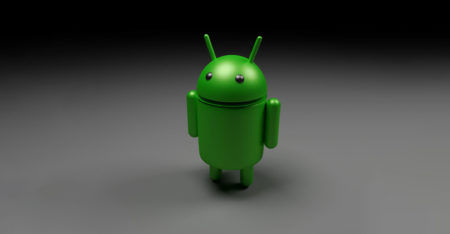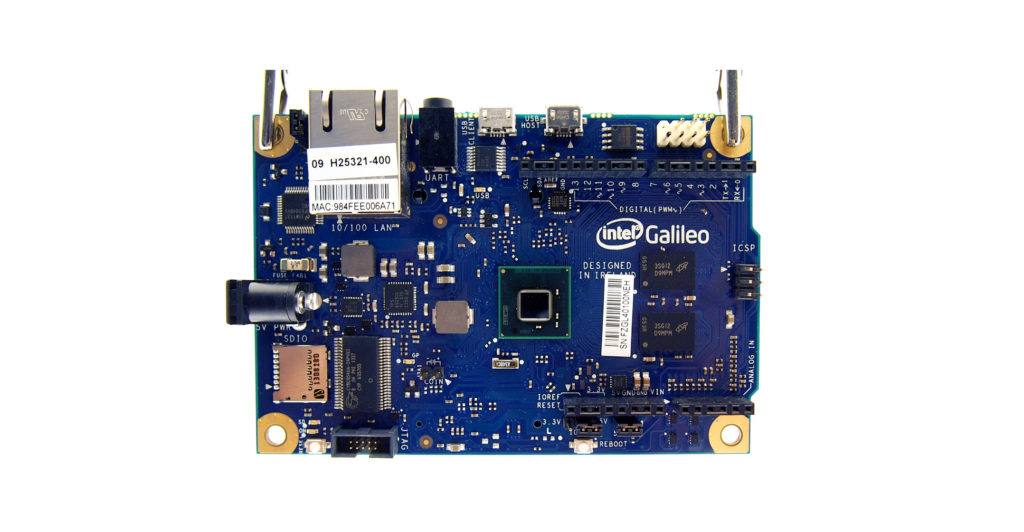Nvidia’s $40-billion agreement to acquire ARM is likely to meet strong opposition from Nvidia’s chip industry rivals, analysts say, with murmurs of protest already emerging in South Korea and China.
Browsing: ARM
Nvidia will buy UK-based chip designer ARM from Japan’s SoftBank Group for as much as US$40-billion, the companies said on Monday, in a deal set to reshape the global semiconductor landscape.
Nvidia is in advanced talks to acquire ARM, the chip designer owned by SoftBank Group, according to people familiar with the matter.
ARM, the semiconductor designer owned by SoftBank Group, is attracting takeover interest from graphics chip maker Nvidia, people with knowledge of the matter said.
A supercomputer developed by Fujitsu and Japan’s Riken research institute was ranked the world’s fastest in an independent survey, beating US and Chinese rivals.
The move will have multiple negative ramifications for Intel’s chip business. The most obvious is the direct impact of losing revenue as the sole processor supplier for Apple’s PC line.
Apple is preparing to announce a shift to its own main processors in Mac computers, replacing chips from Intel, as early as this month at its annual developer conference.
ARM on Tuesday released new technology aimed at helping Android devices catch up to Apple’s iPhones for certain computing tasks such as videogames.
UK-based chip designer ARM has reportedly informed employees not to work with Chinese technology giant Huawei.
About a week ago, a rather important event happened in the Internet-of-things space. You may have missed it, perhaps because the dry technicalities of IoT is not all that appealing. Intel has quietly discontinued its three SBC boards, the Joule


